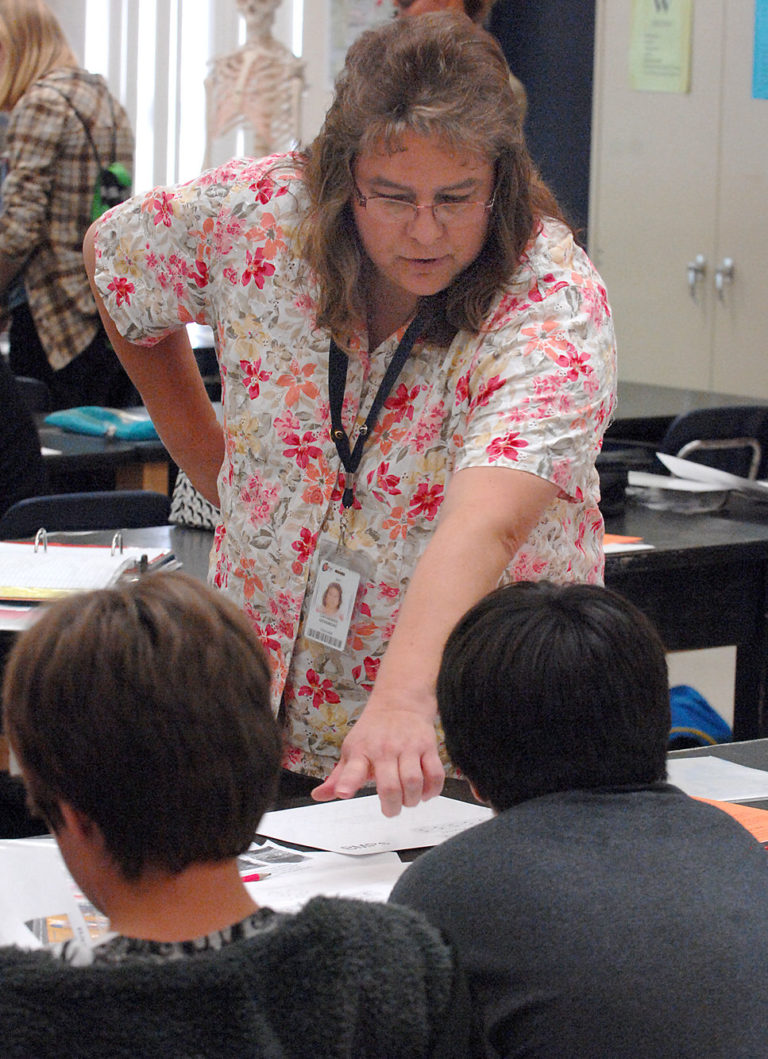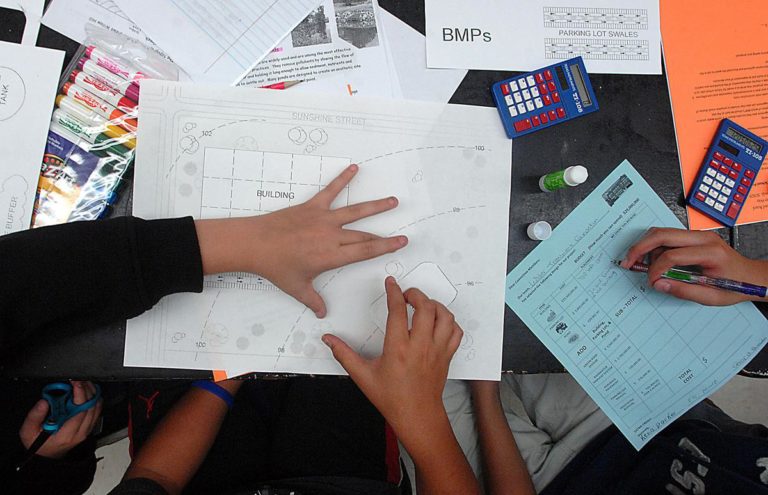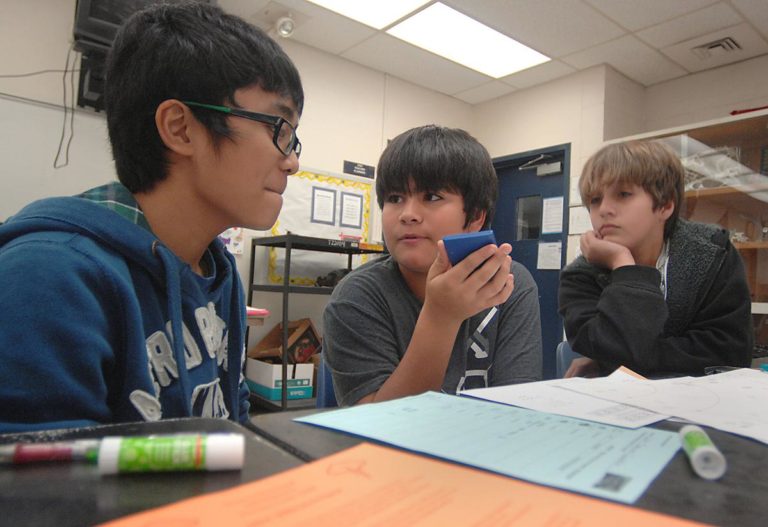By Mike Wright, February 27, 2013



INVERNESS — The job: Put together a site plan for a new school on a $29 million budget.
Make sure the plan includes parking, drainage and a spot for the building itself.
It’s routine stuff for the developers in Citrus County.
But to Inverness Middle School sixth-graders Eli Moore, Kevin Parker and Gerard Banawan, it was like trying to complete a jigsaw puzzle.
“I think we need a parking lot,” Kevin said. “We need to find a spot for it.”
So they and other classmates in Catherine Densmore’s science class spent the better part of 40 minutes trying to decide what should go where, how much it costs, whether they could afford it and whether it all made sense.
Watching their progress were teachers with clipboards — students themselves.
Middle school teachers are involved with a program from Florida State University called STEM — Science, Technology, English and Math. The idea is to use all four curriculums together to help students solve problems, and help teachers learn what kind of help students need.
“We’re learning how the kids are thinking,” science teacher Robin Martone said. “We’re looking for what skills they need to solve a problem.”
Prior to being tasked to develop a school site plan, students learned about rainfall, the effects of stormwater runoff on the environment, and ecological building ideas, such as a greenhouse roof system.
They had also learned pervious pavement doesn’t cause as much runoff as asphalt. Swales, they learned, direct water to drainage areas. And vegetative buffers help prevent some pollution from reaching drainage ponds.
“It’s a real filter,” Eli said.
They came up with their plan, laying out the pieces and explaining why they were placed there.
“We have the main things we need,” Eli said.
“We made our budget,” Kevin said, adding the team still had $300,000 left over.
Math teacher Jean Beagan said teachers in the program meet regularly with FSU advisers to compare notes.
They learn by observing students as they learn.
“I’m listening to the questions they’re asking to see their difficulties,” Beagan said.
One difficulty for sixth-graders: calculators. The site plan project required students to juggle a half-dozen large dollar amounts to make sure the plan didn’t exceed budget.
“They don’t use calculators in sixth grade,” Beagan said. “They’re not used to it.”
Eli said he appreciated the exercise, especially placing drainage ponds and buffers.
“None of us knew what any of this was for,” he said. “I thought it was all decoration. Now when I see it, it’ll make sense.”
